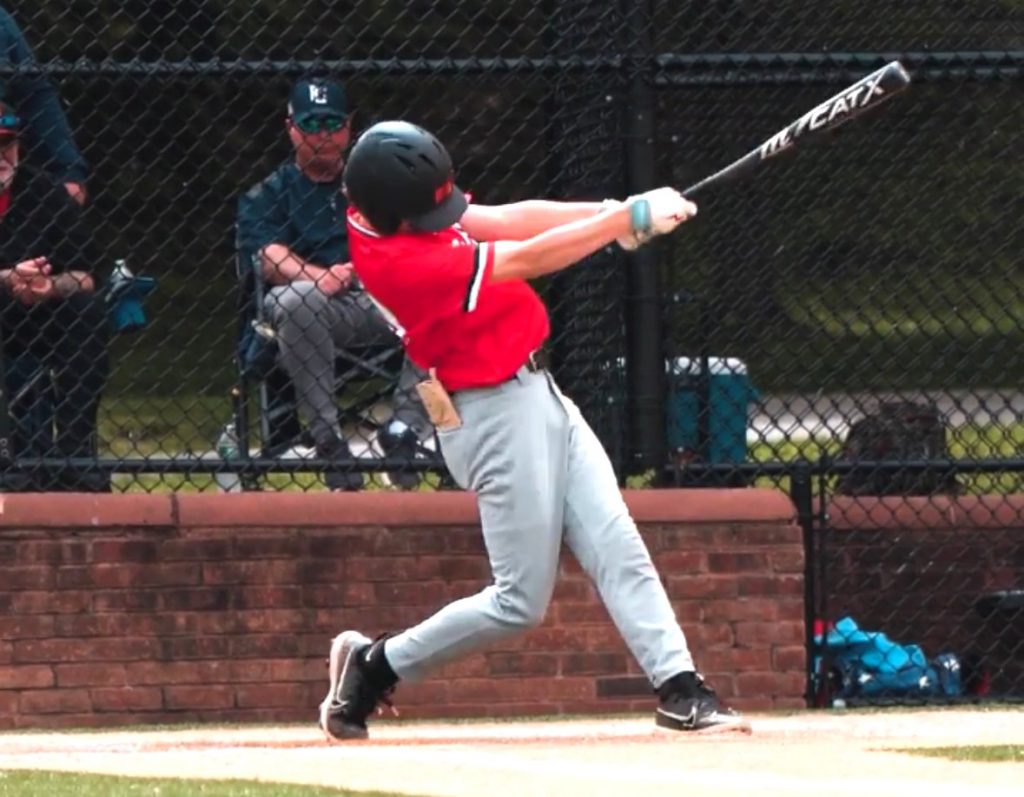
Developing elite hitters from a young age is about developing not only intent, but sound hitting mechanics from early on. Let me start by saying this. Due to the fact that young athletes are not proficient enough in body awareness and movement at this age, it’s important to begin with a basic / reduced set of disconnects before expanding it to more complicated movement patterns later on. Below are the disconnects / topics you should make sure you get right from a young age. Let’s get into it…
There is no better place to start than the initial first movements that help prepare a batter for an incoming pitch. This includes:
-
- Set-up / Stance
- Load Phase
- Stride Phase
1. Set-up / Stance
Hitters tend to set-up in ways they feel most comfortable. At this age, young athletes should simply do what their body is telling them to do, AS LONG AS IT IS ATHLETIC! This involves:
-
- Feet approximately hip width apart (not too narrow / not too wide)
- Slight forward bend at the hips
A good stance at this age should promote an athlete’s great movement as well as encourage “intent”, not reduce it and every athlete is different.
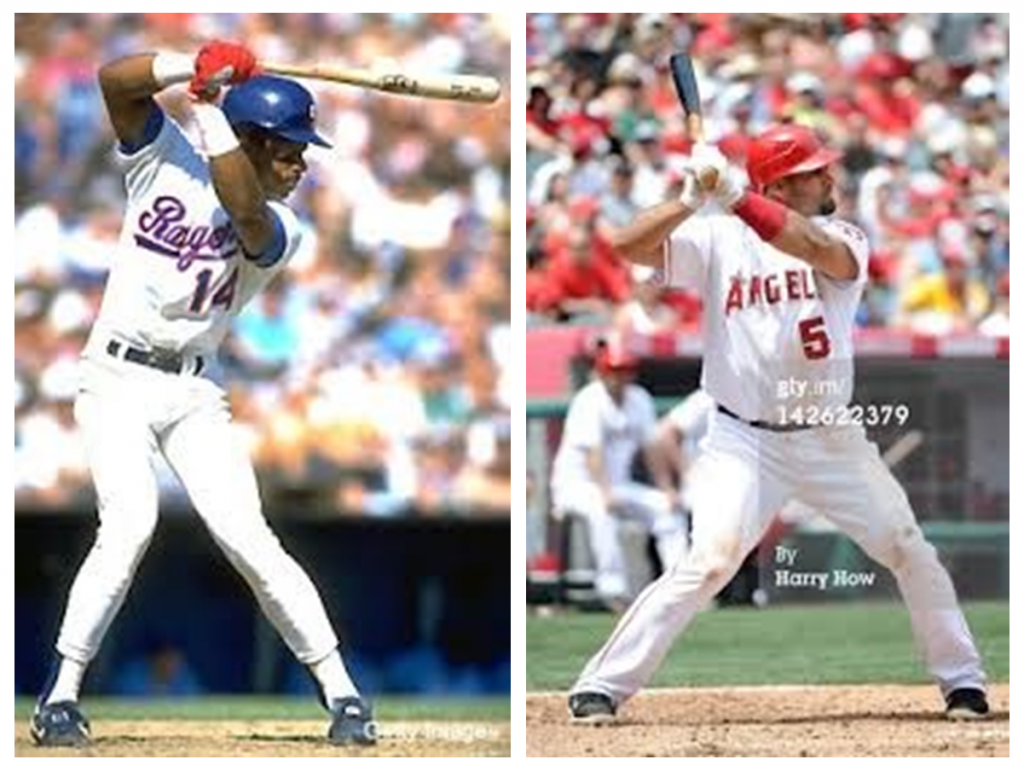
2. Loading Phase
Excess Negative Weight Shift – The athlete’s load begins when the COM starts moving towards the catcher and ends when starting to move towards the pitcher (forward move). While different players have different styles, they all must position their weight on the inside of the feet in order to eventually load around the rear hip and get ready to move forward. Here are examples of excessive negative and appropriate weight shifts.
Excessive
Appropriate
An excessive negative weight shift is an excessive lower body lateral movement “away” from the pitcher during the negative move that forces the weight to the outside of the back foot. This can throw off the timing of the lower body.
-
- Potential contributors to an excessive shift: Poor back hip Internal Rotation, poor ankle mobility, poor t-spine rotation
Rear Hip Load – Once we have a good negative move we can efficiently load the back hip. This coiling around the rear hip helps to continue loading the hip like a spring around the rear hip socket. This allows the hitter to carry tension throughout the entire forward move (stride phase) while keeping the COM balanced, with the knees inside the ankles, and eventually release the stored energy into toe touch / foot plant.
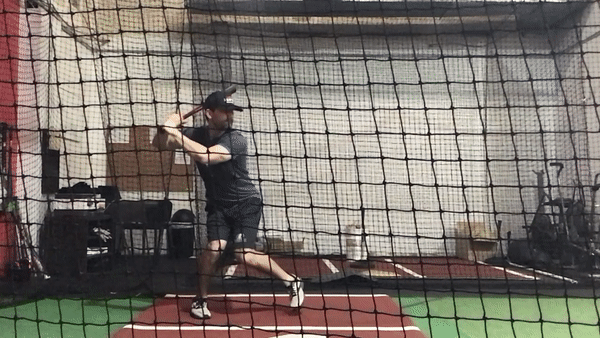
This can be generally observed at the end of the negative move, if the hitter is showing a hip hinge inside the rear ankle, then he’s loading the rear hip (creases in the pants near the back hip may be visible).
Regardless of stance style, proper loading begins by keeping the knees inside the ankles from stance and continue throughout the stride in order to carry tension in the lower body throughout and eventually be released into the upper body.
-
- Potential contributors to a poor hip load: Back hip ER/IR (athletes have different hip biases -some towards ER some IR), ankle mobility.
Creating Independent Hands – Lack of Independent hands refers to the inability to create live and independent hands in the hitter’s forward move. As you can observe in the video below, the distance of the hands should grow as you move forward to help create a stretch reflex to load the lat (much like the hip above) and unwind more explosively. Creating this stretch will allow the hitter to sequence more efficiently, maximize separation as well as give the hitter more time to make better decisions and create better adjustability.
Independent Hands
-
- Potential contributors to poor independent hands: Tight lats, poor core(oblique) strength, scapular mobility/stability
Stride Phase
Inability to Maintain Center of Mass (COM) – The most successful hitters maintain good balance and posture from start to finish. Let’s first talk about the difference between the two.
Balance is controlling the body’s center of mass relative to the base of support from start to finish. Imbalances during stance and stride can negatively affect a hitter’s vision and timing. It can also create an inefficient linear move ultimately transferring into inefficient rotation after foot plant affecting bat speed and bat quickness as well.
Posture is the alignment of the head and trunk relative to the lower half during the linear move. Maintaining this alignment throughout the entire forward move and into rotation is paramount to maintain good rotational of the body.
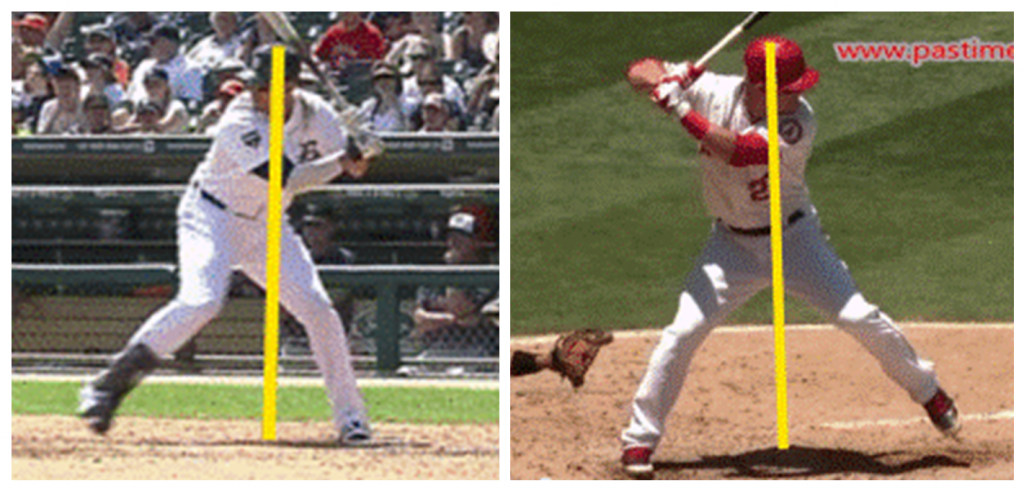
The hitter’s ability to maintain center of mass will allow him to control weight shift through the stride phase of the swing and keep the upper body in an optimal position to rotate on plane with the pitch. Too much weight shift, either towards or away from the pitcher will make it difficult for the player to efficiently transition into rotation and transfer energy through the baseball.
High Elbow – This is caused when a hitter’s elbow is sticking out behind the hitter’s hand at toe touch. This makes it necessary to create an inefficient second move or “push” instead of a “pull” with the hands which can greatly reduce the velocity of the bat.
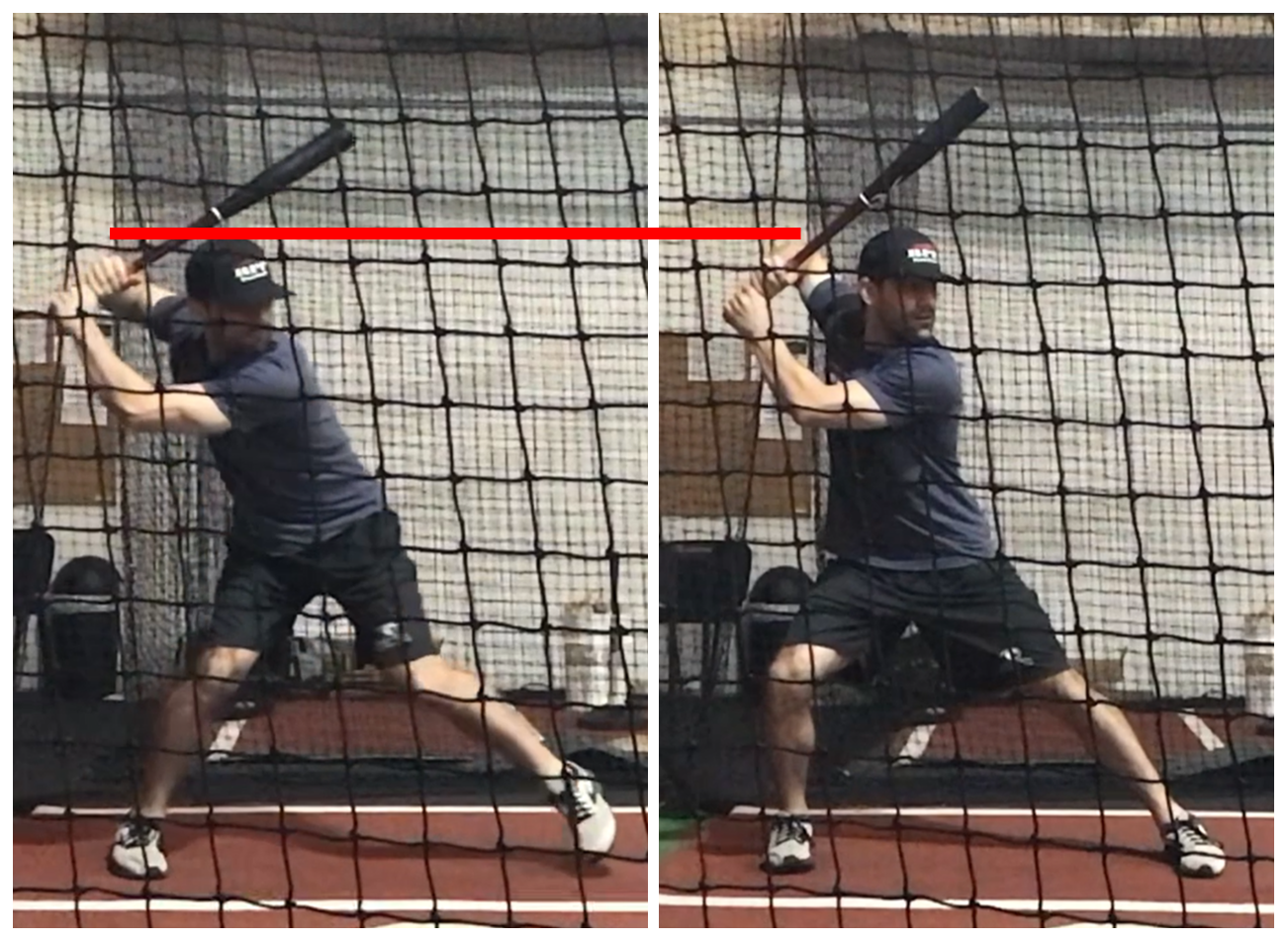
-
- Potential contributors to a high elbow: Tight Lats, inefficient core strength, poor scapular mobility/stability.
Summary
Helping young athletes develop is a multi-faceted process of making sure they are first equipped physically to perform any requested task. Similar to pitching, I can’t tell you how often I have seen a coach tell a young athlete to do something being completely unaware of the young athletes inability to get into successful positions, due to poor mobility stemming from puberty and growth issues. So , while it is important to make young athletes aware of these positions, not pairing that with great mobility and low-level (bodyweight) strength work is like trying to pound a square peg into a round hole.
Similar to my prior article on pitching, here is some general advice on youth hitting mechanics:
-
- Work on your athleticism
- Always make sure you properly warmed up
- Then focus on the topics listed above
See ya’ in the gym…
By Nunzio Signore
You live too far to train with us in-house at RPP? You can now train with us on a REMOTE basis.


